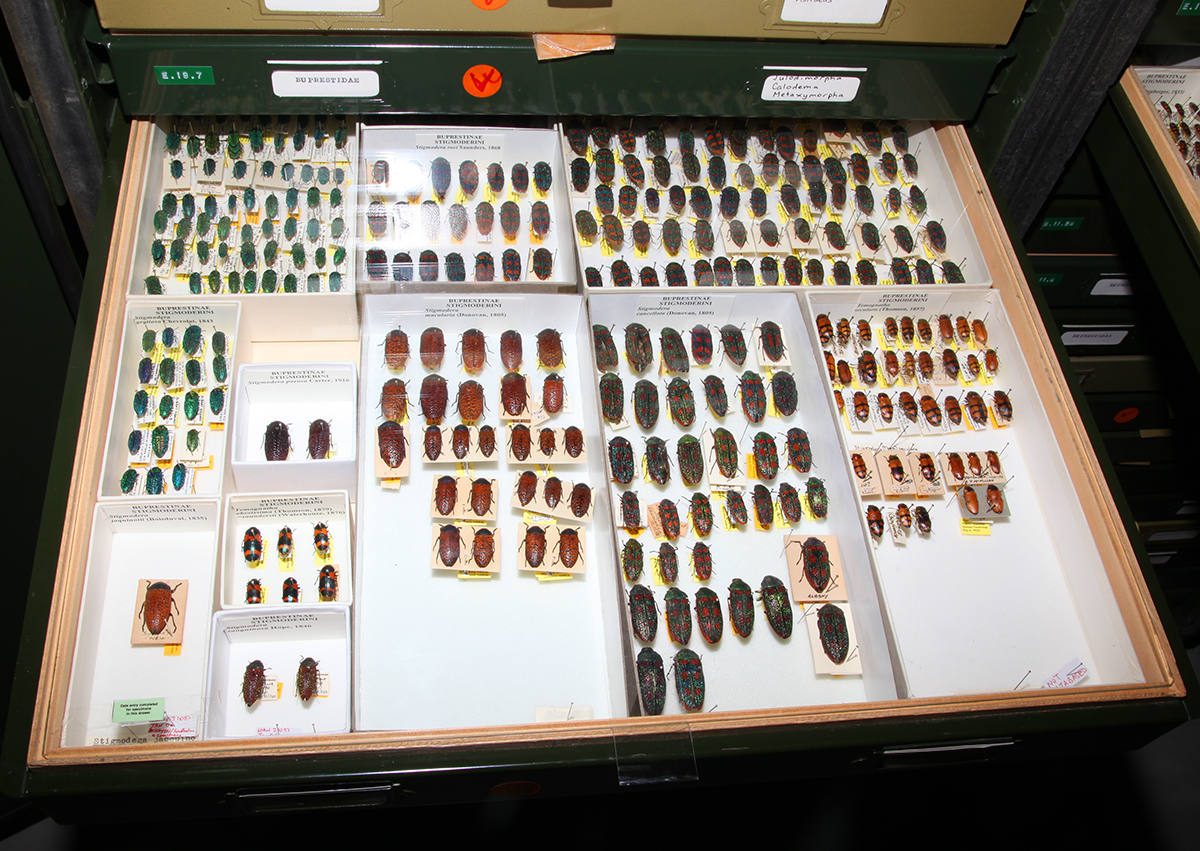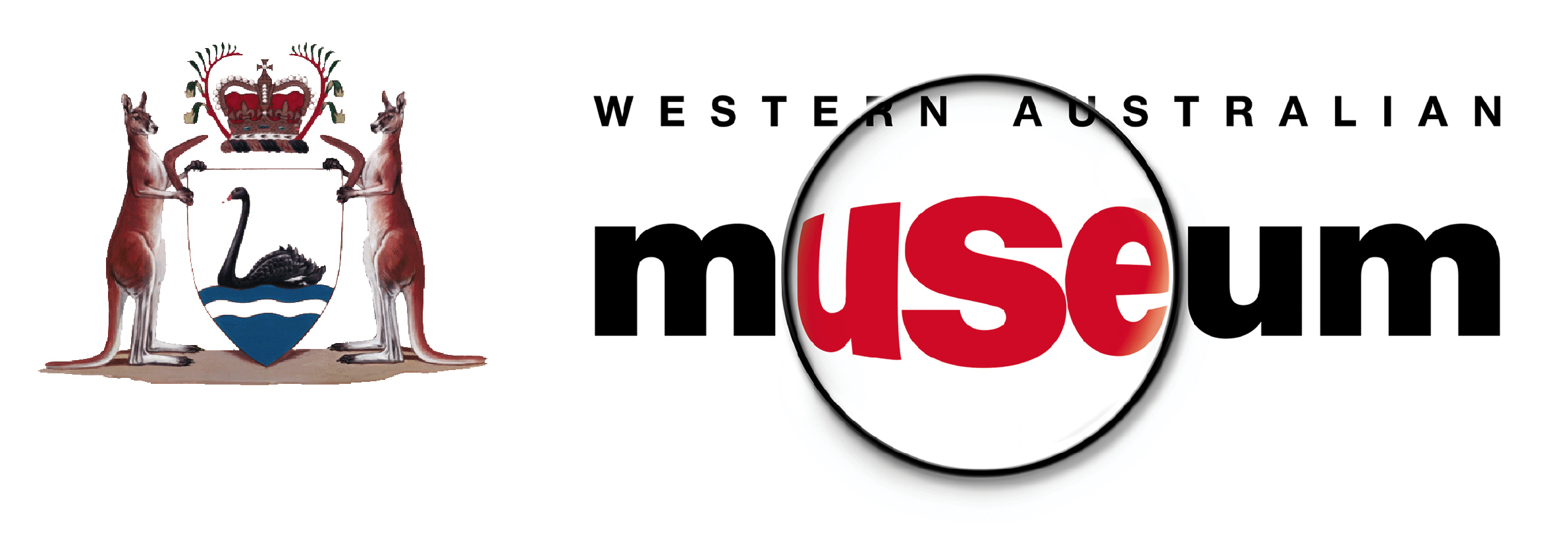Established in 1891 in the old Perth gaol, it was known as the Geological Museum and its collections were geological, ethnological and biological. In 1897 it officially became the Western Australian Museum and Art Gallery. During 1959 the botanical collection was transferred to the new Herbarium, and the Museum and the Art Gallery became separate institutions. The Museum focussed its collecting and research interests in the areas of natural sciences, anthropology, archaeology and the State’s history. Over the 1960s and 1970s it also began to work in the emerging areas of historic shipwrecks and Aboriginal site management. Today the Western Australian Museum comprises six public sites and a collection and research centre and houses more than 4.5 million objects. The Museum also manages 200 shipwreck sites of the 1500 known to be located off the WA coast and manages eight Aboriginal land reserves.
The Museum is the principal research institution in Western Australia charged with documenting, describing and naming the fauna in the state, including adjacent waters. The Collections and Research Centre, located in suburban Welshpool, was constructed in 2004 to house the vast majority of the museum’s collections and the curatorial and research staff.

Research on the natural science collections is conducted by permanent staff, as well as several contract staff members on external funding. Staff and affiliated researchers describe about 100 new species per year. While many projects are devoted to species discovery, many other disciplines are covered including phylogenetics, ecology and biogeography.
The facility has a modern, recently constructed Molecular Systematics Laboratory, which leads the way in documenting the WA fauna using molecular techniques.
The Western Australian Museum is one of the founding partners of the Atlas of Living Australia, and contributes data to it via the Online Zoological Collections of Australian Museums (OZCAM), an initiative of the Council of Heads of Australian Museums (CHAFC).
For more information on the Western Australian Museum, please visit: http://museum.wa.gov.au/
